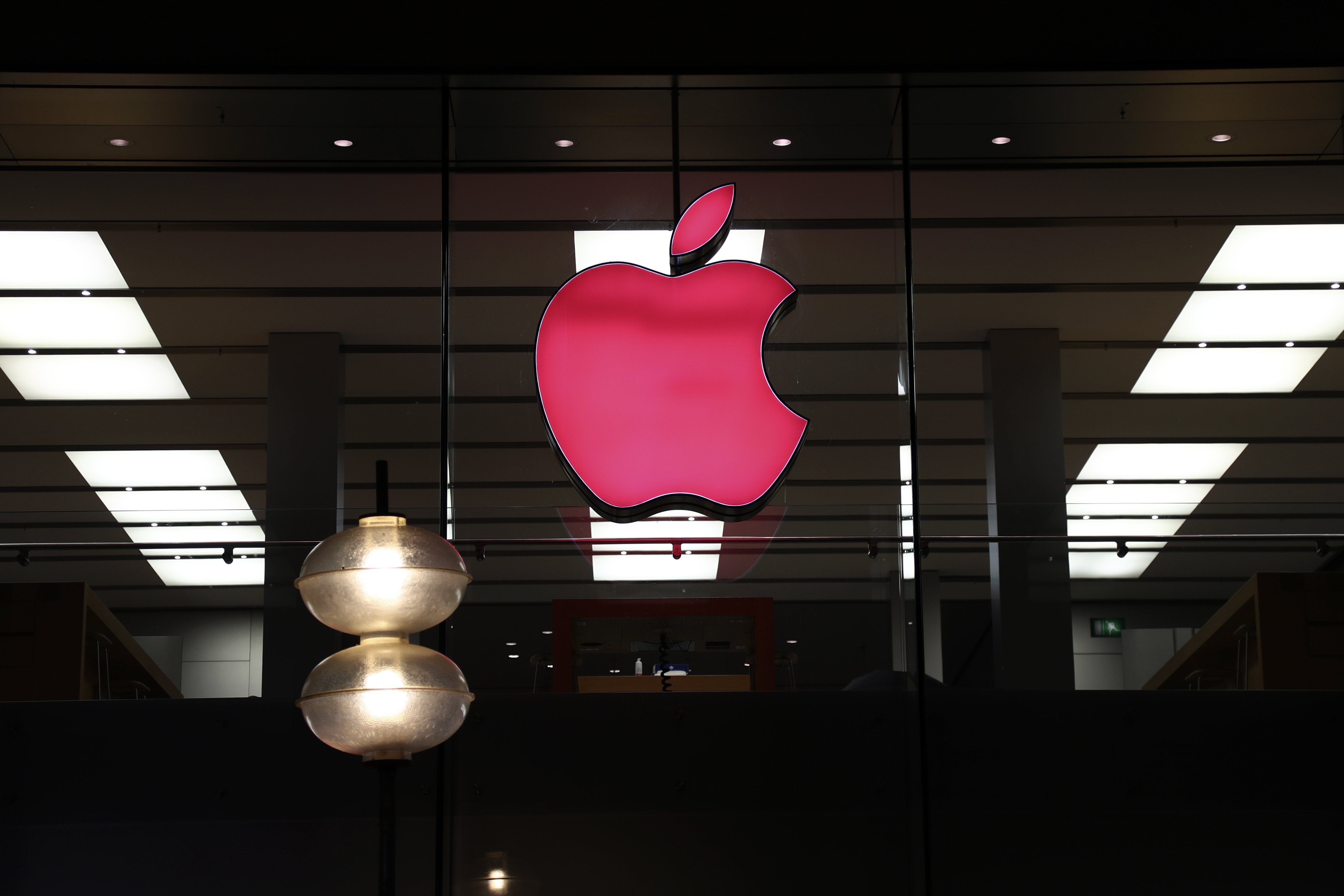A year has passed since Russian President Vladimir Putin proclaimed the formal annexation of Crimea to the Russian Federation. This act, which in the Kremlin's narrative amounted to the rightful return of an ancient Russian holy land, seemingly elevated Vladimir Putin to near savior-like status in the eyes of the Russian people. If only Vladimir had stopped there. If he had, not only would so much bloodshed have been avoided, but Europe would not be facing its most dangerous and complex security challenge since the Cold War.
It is not hard to understand why Putin did not stop. There was virtually no penalty for the annexation of Crimea, beyond a lot of huffing and puffing in Washington and Brussels about this dramatic violation of international law, accompanied by laughably weak economic sanctions. Furthermore, Putin's popularity ratings skyrocketed into the high 80s after he masterminded his glorious modern version of the "(re-)gathering of the Russian lands." There is no question in my mind that Kremlin survey researchers were well aware in advance that spetsoperatsia Krym [Special Operation Crimea] would provide a dramatic boost to Putin's public image, which had shown signs of growing stale in the previous two years.
So in April 2014 the Russian government's hybrid war in the Donbas began to take shape. Local insurgents were joined by Russian intelligence officers to begin the destabilization of local and municipal governments. The fighting escalated in mid-summer after the first failed cease-fire, and to the surprise of most observers -especially the Russians - the Ukrainian military and informal volunteer militias achieved a great deal of operational success, most notably in the re-taking of the city of Slovyansk on July 6. The Ukrainians could launch air strikes against the insurgents with impunity, and Moscow was faced with the decision of allowing the insurgents to be driven to defeat, or to supply them with air defense systems to stave off the Ukrainian air force.
The Kremlin chose the latter and while Putin watched the World Cup final in Brazil on July 12-13, it appears that significant anti-aircraft artillery was delivered across the border. Sitting in Moscow that Sunday morning, I watched a caravan of Russian armor on its way to Lugansk live on YouTube. Only four days later, on July 17, Malaysian Airlines Flight 17 was tragically shot out of the sky over eastern Ukraine, leaving almost 300, mostly European civilians, dead. No longer could Washington and Europe ignore the intense fighting taking place in Ukraine, and soon much tougher economic sanctions were levied against Moscow.
The fighting intensified over the next month, culminating with a major military setback for the Ukrainian army that effectively led newly elected Ukrainian President Petro Poroshenko to sue for peace. The result was the September 5 Minsk agreement, which we would later come to know as Minsk I. Unfortunately the agreement, which among its 12 points called for the withdrawal of all illegal armed formations and military equipment, did not hold, and in January the Russian-backed insurgents undertook a major winter offensive that led to the Ukrainian defeats at the Donetsk airport and later the rail hub of Debaltseve. A second Minsk agreement (Minsk II) was reached in February on terms less favorable to Ukraine, a reflection of the military advances made by the Russian-backed forces since the September agreement.
Although there have been hundreds of violations of Minsk II and documented evidence of more Russian equipment crossing the border to resupply the insurgents, there remains a shred of hope that the agreement will hold. In Washington a fierce debate emerged about whether to supply the Ukrainians with lethal military assistance, while in Europe the debate centered on whether (and if so, when) to lift economic sanctions or, alternatively, to impose much more biting sanctions.
Meanwhile the Ukrainian military, deeply battered and overextended, has virtually no means of stopping Russian armor should the insurgents go back on the offensive. Possible, or even likely, goals of a future insurgent offensive include the Black Sea port city of Mariupol, and perhaps to go as far as to establish a land corridor connecting the Russian mainland and the Crimean peninsula.
At present, we are witnessing a break in the action. Good news for Kiev came recently with the International Monetary Fund's (IMF) approval of a new $17.5 billion assistance package, pending the success of the Minsk II ceasefire and the passage of reforms in the Ukrainian Rada (parliament).
It would appear that this arrangement gives Moscow veto power over the IMF package.
Not all, however, remains well on the home front for the Russian leadership. Over the past year, the Russian economy has contracted sharply. Already facing near-zero growth before the annexation of Crimea, the halving of the oil price in the second half of last year led to a 50 percent decline in value of the ruble and plunged Russia into a deep recession with a likely economic contraction near 5 percent in 2015, pending future oil price dynamics and Western decisions about additional sanctions.
Despite the dramatic decline in Russia's economic fortunes, Putin seems perfectly content to stay the course in Ukraine, at least for now. He can shift the blame for poor economic performance from the misguided state-centric policies that his administration has imposed since his return to the presidency in May 2012 to external factors, including Western sanctions and the external shock of declining oil prices.












